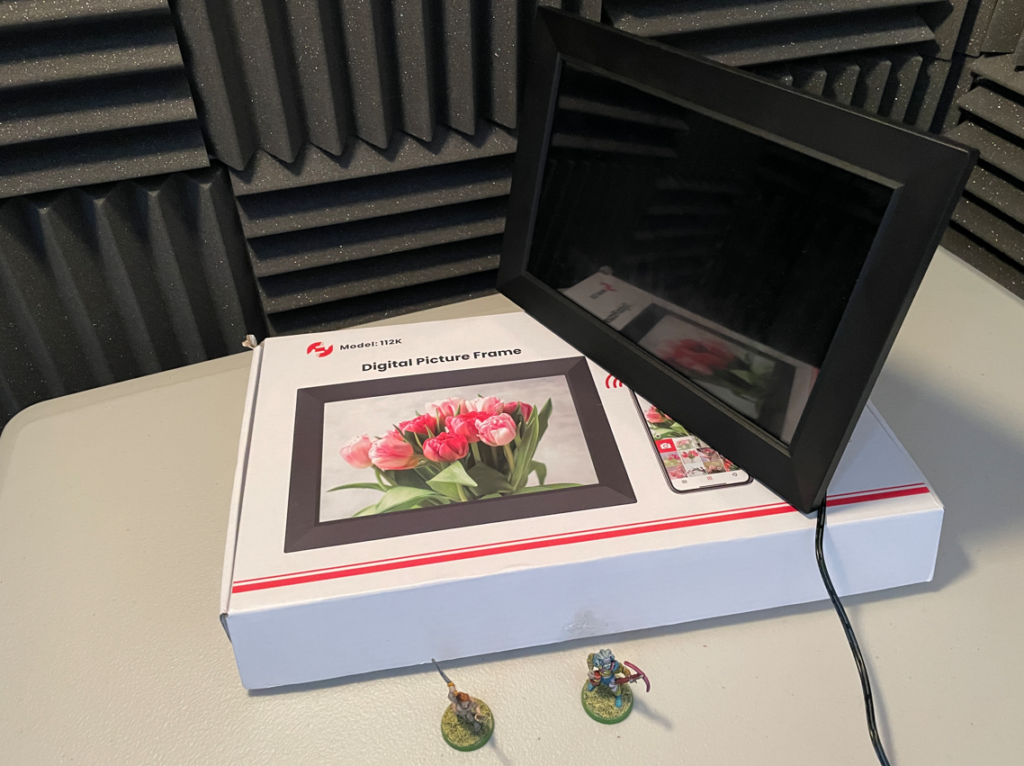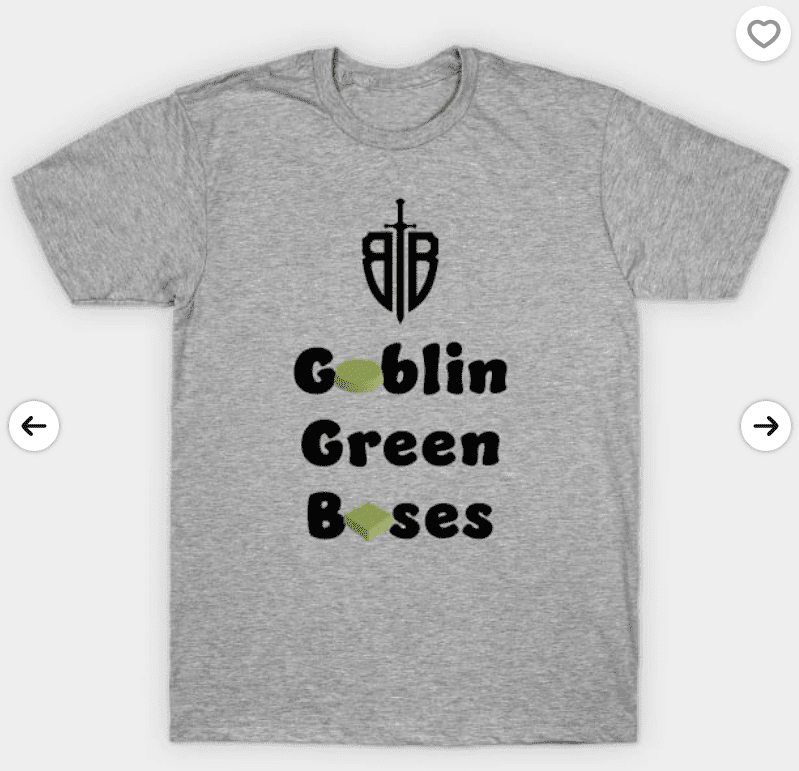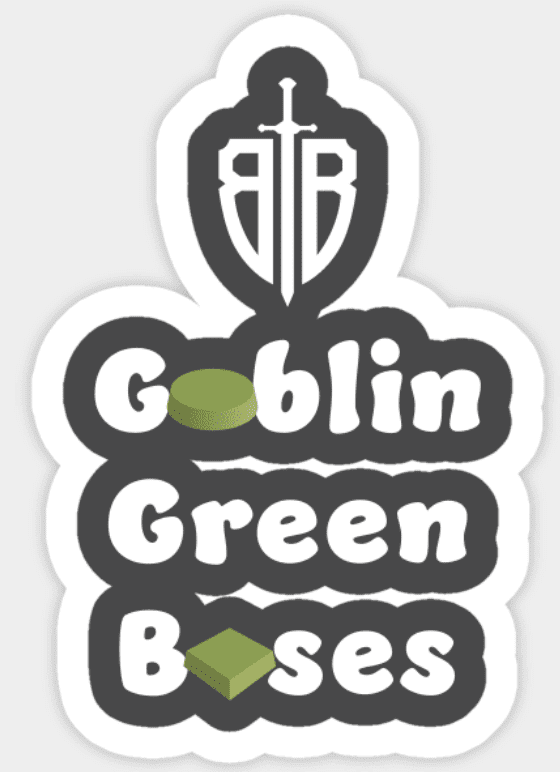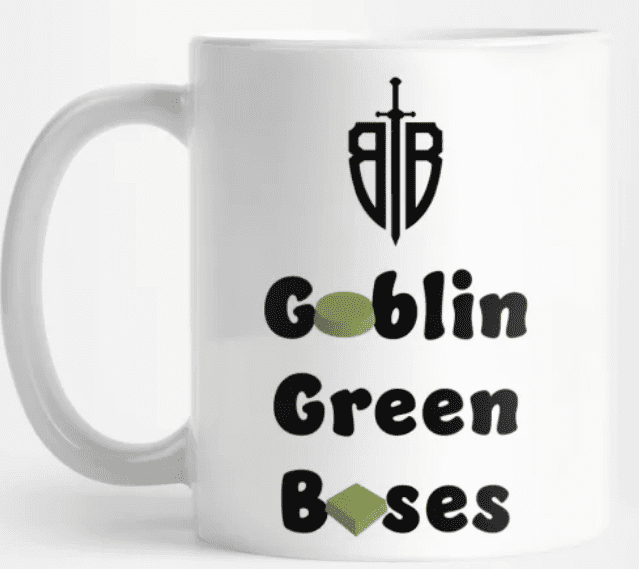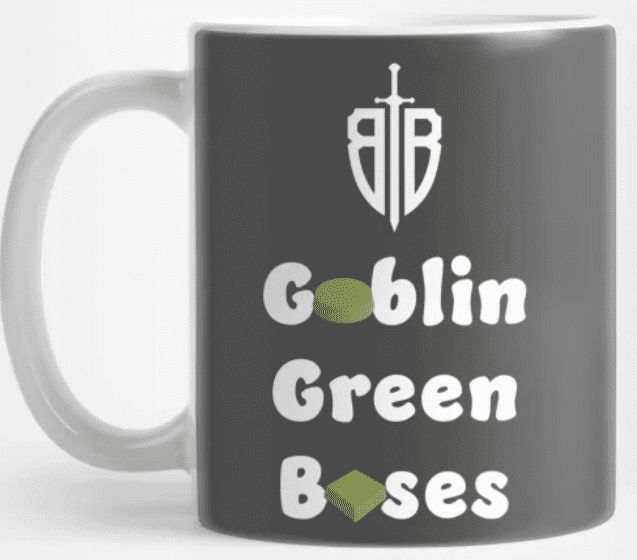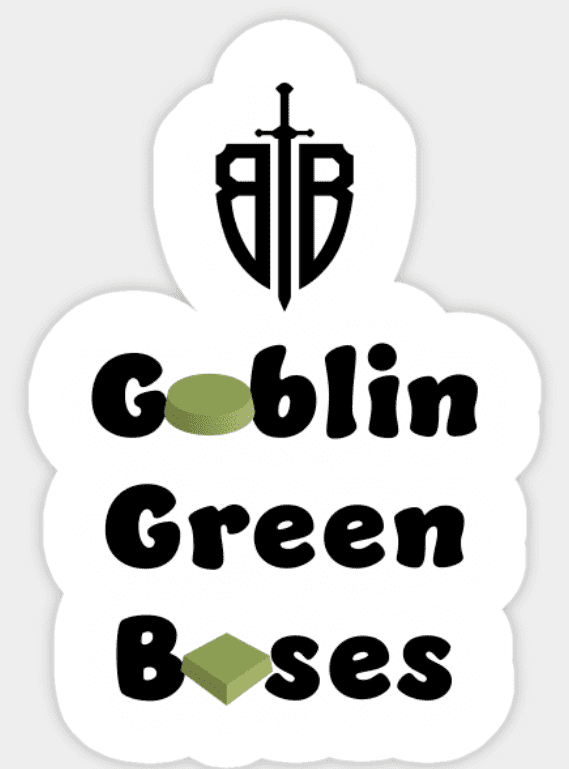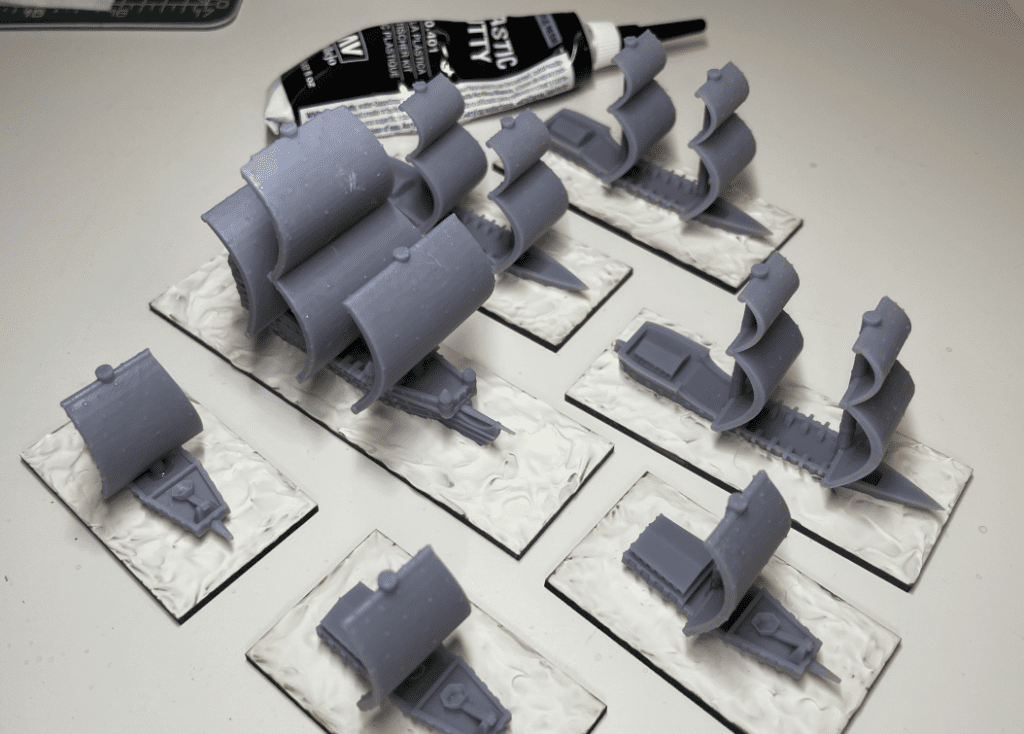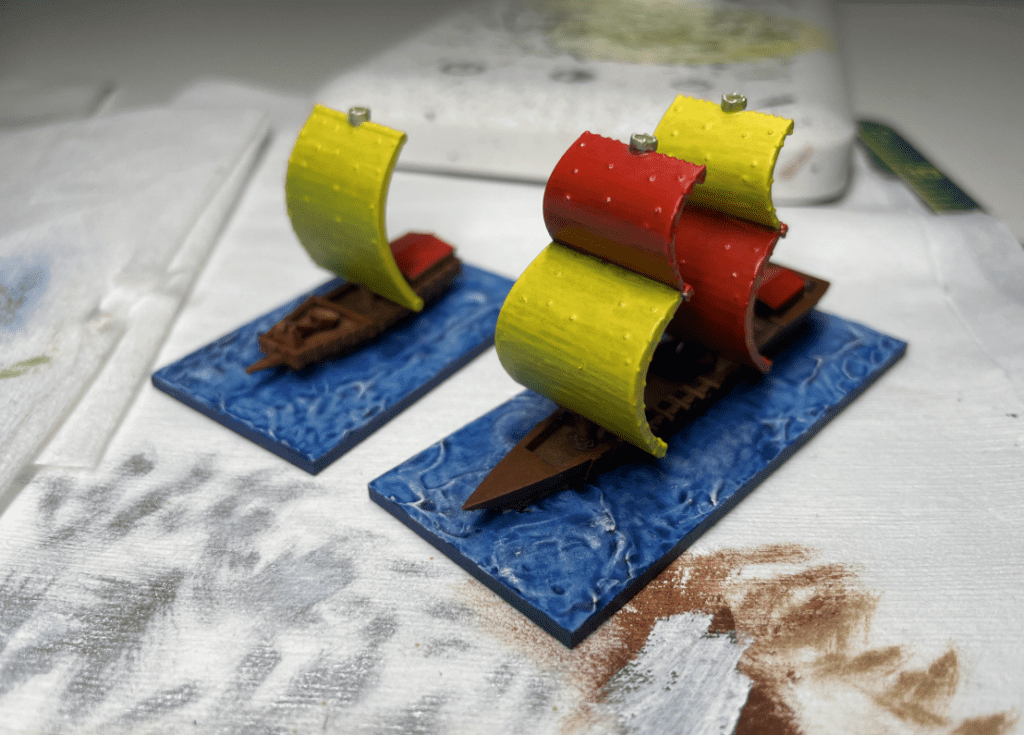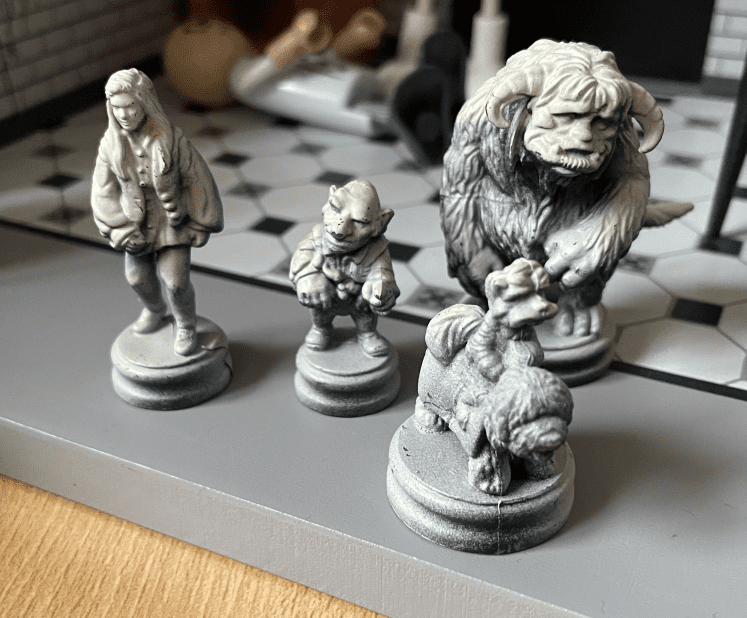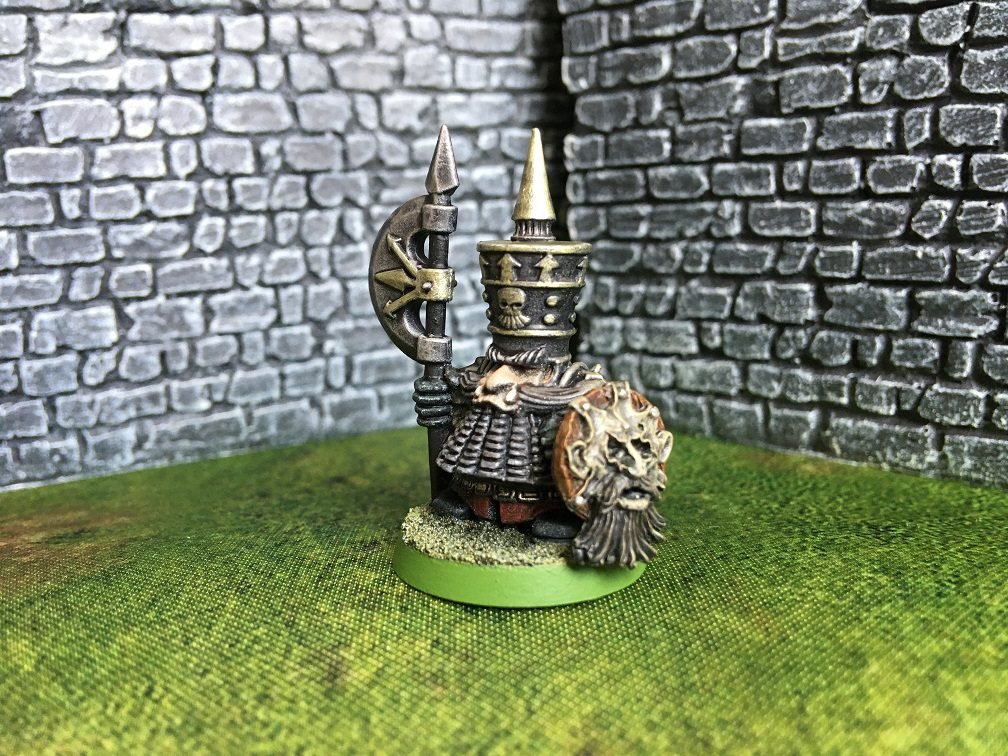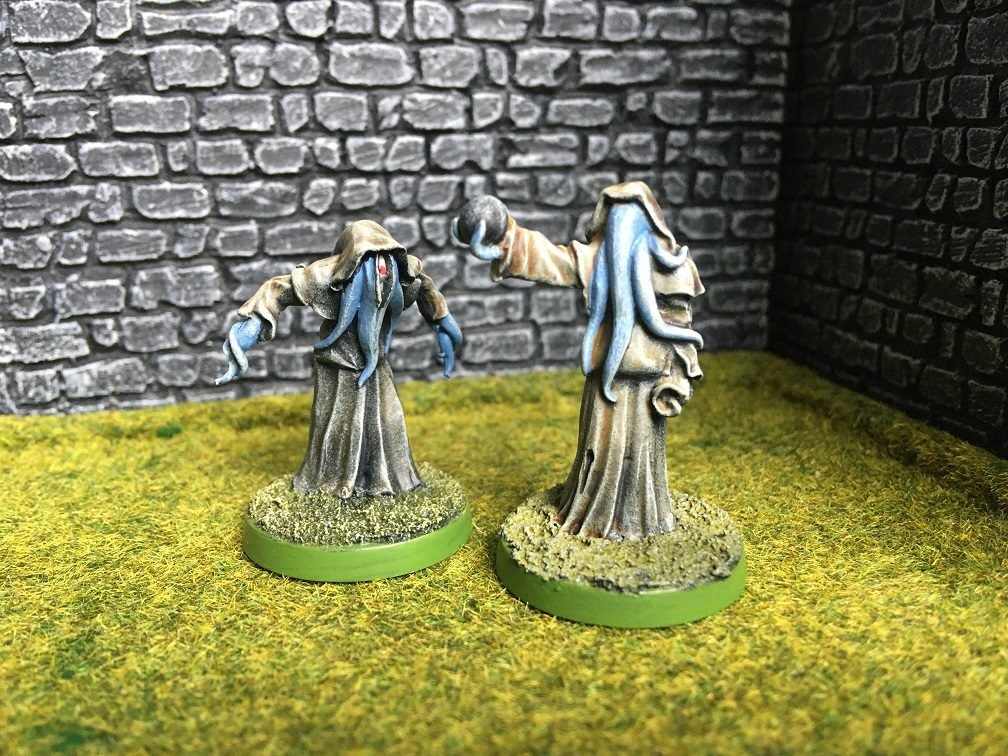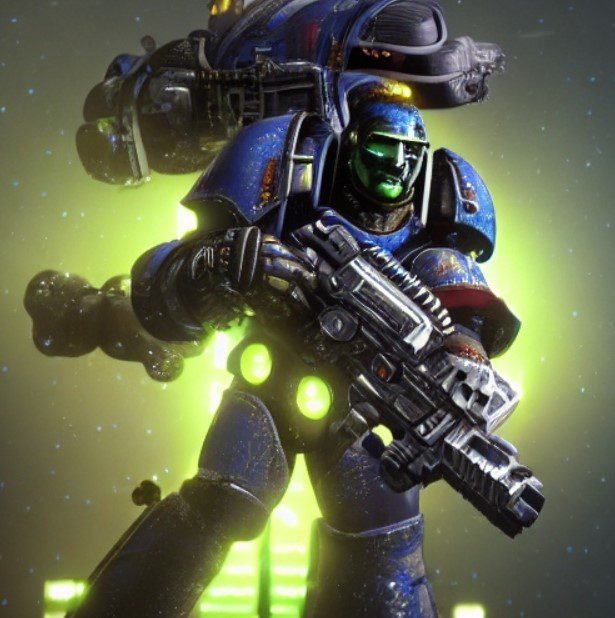Photo dump incoming. Seeing as I am talking about my hobby progress for the next Tabletop Miniature Hobby Podcast episode, it feels long overdue. Where to start.
I suppose with these £1 wooden mushroom decorations I found in The Works.
I thought they’d make for handy fungi forest terrain features which would work at any scale.
I used some cheap air drying modelling clay from Amazon to make the bases.
Then Vallejo ground texture for the basing.
They’re now primed and ready to paint up.
Elsewhere, and I’d been looking to add these guys to my Real Movchaos Blood Bowl team. I owned them in the 90s but they got lost somewhere. I still have all the beastmen. Big shout out to Stuart on the Discord for finding the Chaos Warrior players on Ebay (there’s another one, not pictured). When I got them through the post, it was evident they weren’t in the best condition. But I’ve cleaned them up as best I can and they’re now primed up, ready to paint.
I also dug out my old 90s Blood Bowl plastics to see if I had enough for a couple more teams. Dettol bath time for the painted ones. I had exactly 11 orcs and 10 humans. Who could make up the numbers?
What about this Foundry Pict?
Yup, he’ll do.
All primed up, alongside another one of the 90s Blood Bowl Chaos Warrior players.
Meanwhile, I played half a mini-campaign of Song of Blades & Heroes with The Good Doctor Spork.
The “Rivaly of Rot” was a story of two rival Nurgle warbands. We’ll have more on this in an upcoming episode of the podcast.
We used my nurgle miniatures. The Doctor brought terrain he’d made with his wee one during a recent Royal Orc session in the Discord.
Now for a jarring transition, Nurgle skirmish wargaming to Thundercats cosplay…
When I showed my daughter the DVDs recently, I didn’t expect her to be that into it. Suddenly, she was asking for a WilyKit costume. We did our best…
Whether or not I need to dress up as Snarf remains to be seen.
Anyway, back to toy soldiers, and here are some WIP 15mm beastmen from Ral Partha.
They’re the very last thing I need to do to complete my chaos army.
I recently finished these shield maidens from North Star Military Figures.
And these mounted chaos knights from Ral Partha.
A couple of 28mm scale guys in the bag, too. Harkel the Mad (left) is from Knightmare, and the Ettin was a generous gift from Warbases.
A couple of crackers from Bring Out Your Lead, the hive vampire was the official BOYL25 gift, and the daemonette was a generous present from David in the Discord, who made the pilgrimage over from the USA.
I finished up these Oathsworn miniatures a while ago, but I hadn’t posted a picture of them on the site yet.
I guess I have now.
And finally, a big raven mage guy, also from Oathsworn.
That’s all for now, no shortage of stuff to be getting on with.
But what are you upto right now? Send in a voice clip of your hobby progress and I’ll play it on next episode of the podcast!































